Insights
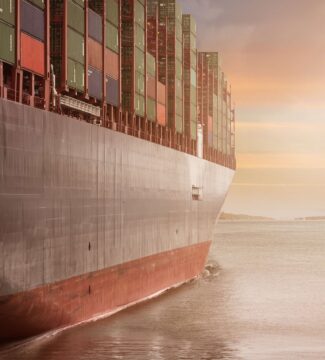
Company News
Suez Canal – An Update For HGL Customers
3 min read
Find out more

Industry News
Fluctuating Ocean Freight Rates and How to Manage Them
9 min read
Find out more
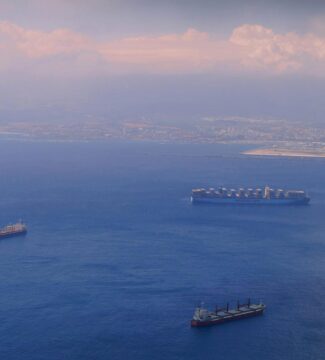
Haulage
The Benefits of an Integrated Logistics Provider
8 min read
Find out more
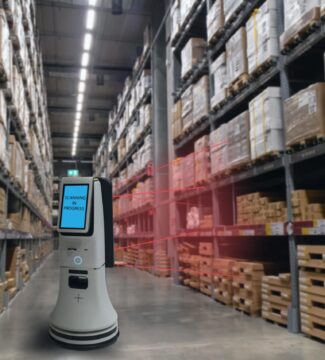
Industry News
How AI Is Changing the Logistics Industry
4 min read
Find out more
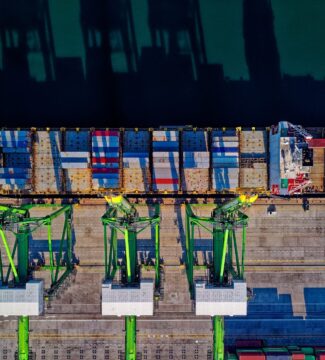
Industry News
Incoterms® 2020 | The International Chamber of Commerce (ICC)
5 min read
Find out more

Air
An Introduction to Air Cargo – SWOT and Overview
8 min read
Find out more

Industry News
IMO 2020 – How Will it Impact the Logistics Industry?
4 min read
Find out more

Industry News
Shipping market year timing fluctuations
8 min read
Find out more

Air
How do adverse weather conditions affect shipping?
6 min read
Find out more

Industry News
How does Chinese New Year impact global logistics?
4 min read
Find out more
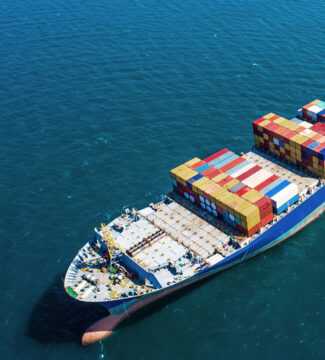
Company News
Autonomous & Crewless Ships – The Risks & Reality
6 min read
Find out more
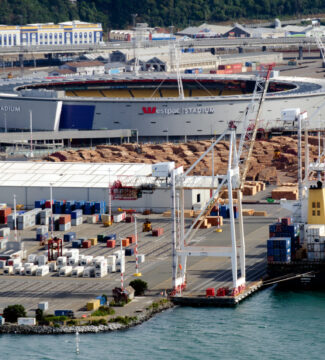
Industry News
How is Wellington Port Recovering from the 2016 Earthquake?
4 min read
Find out more

Industry News
Latest Logistics Tech
4 min read
Find out more
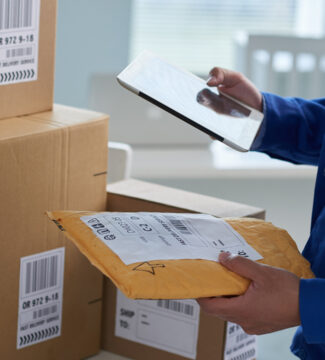
Industry News
The Rise of E-commerce Logistics
4 min read
Find out more

Company News
New Zealand Office
2 min read
Find out more